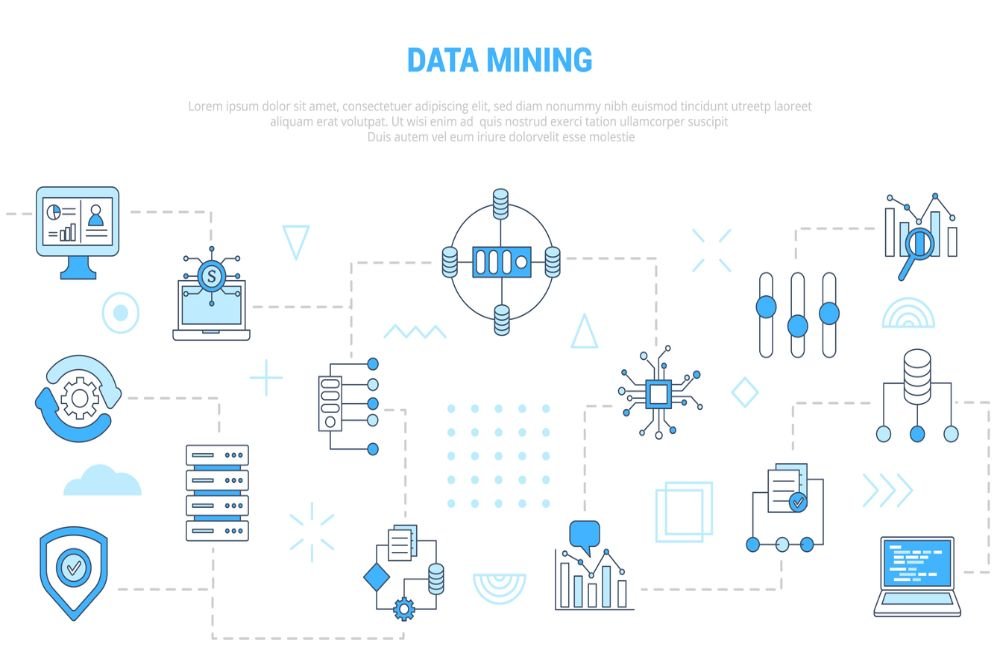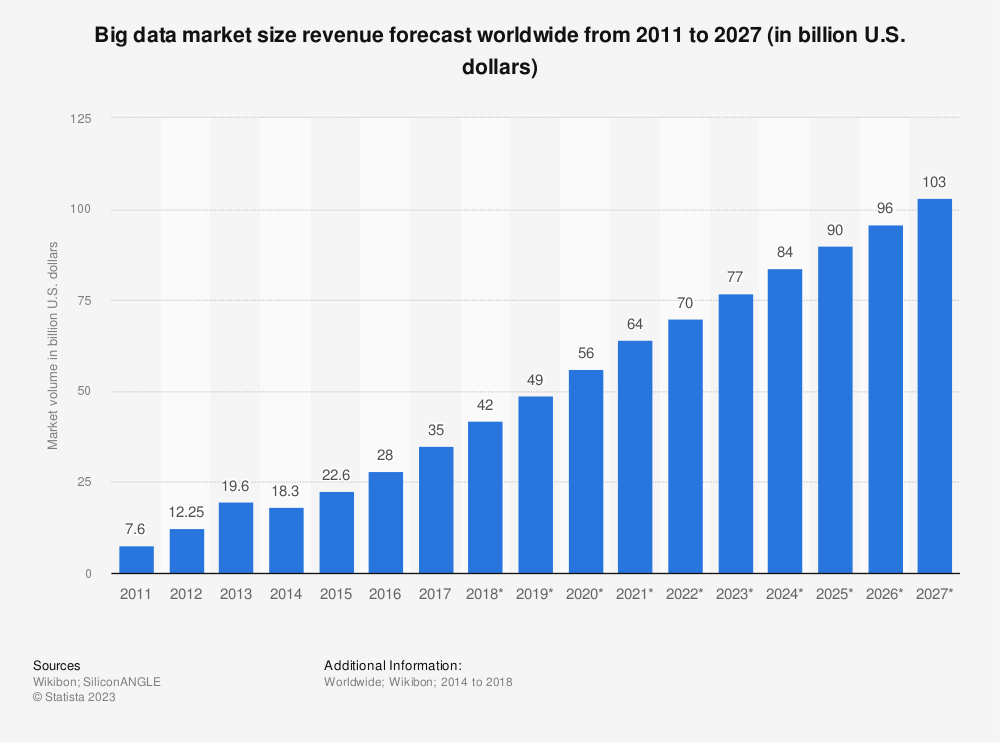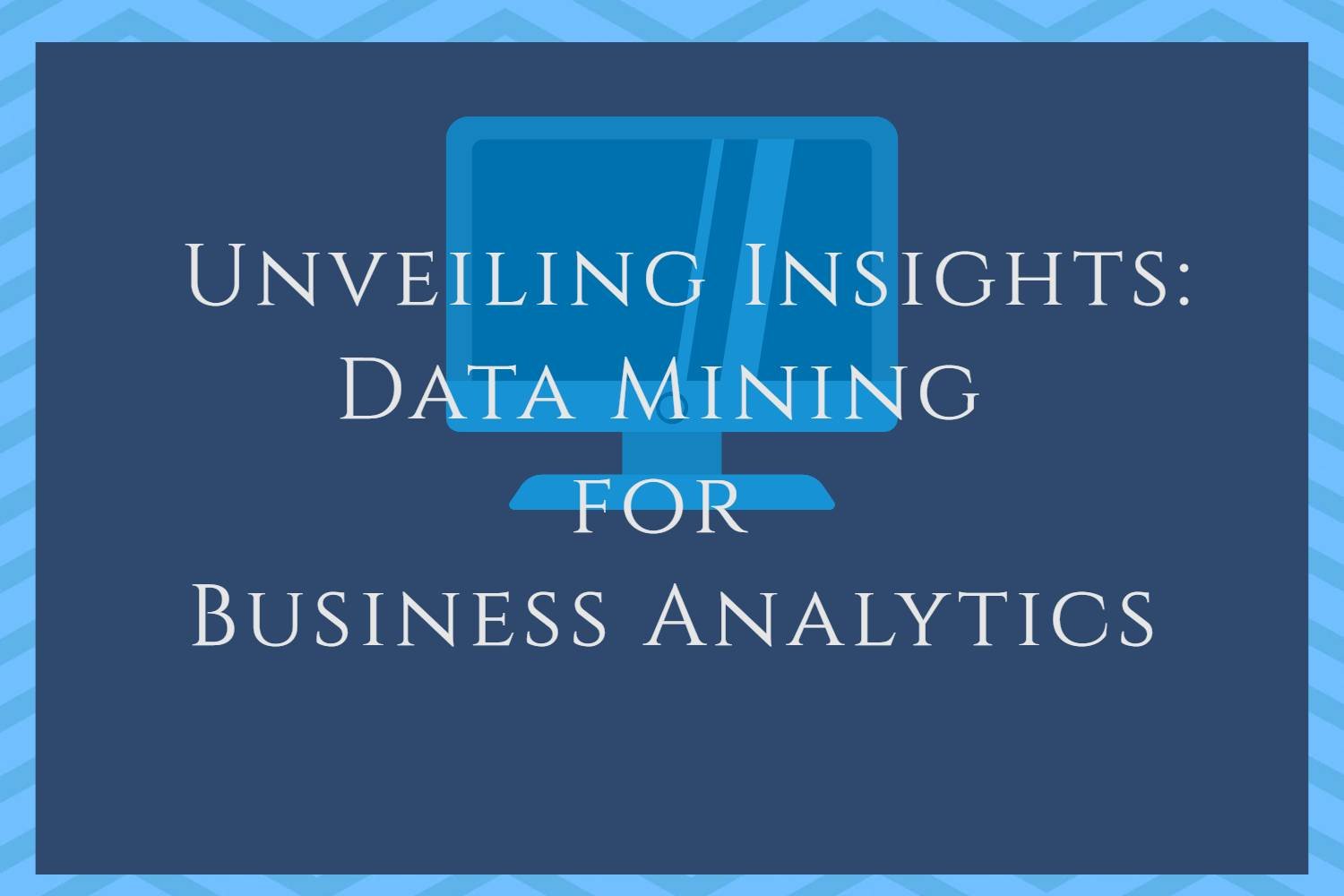Unveiling Insights: Data Mining for Business Analytics
Are you ready to unlock the hidden treasure trove of data that can take your business analytics to the next level? Data mining is the key, my friend! This blog will dive deep into data mining and how it enhances business analytics. We’ll start by understanding the process and its role in business. Then, we’ll walk you through it, from data collection and preparation to interpretation and deployment of results.
But that’s not all! We’ll also explore the importance of data mining in customer acquisition and retention, share tips on using tools effectively, discuss the benefits of integrating data mining in business analytics, and even touch upon the challenges and future trends in this exciting field. Get ready to mine for insights that will revolutionize your business.
Understanding Data Mining in Business Context
Data mining plays an essential role in business analytics and takes center stage. It involves extracting valuable insights and patterns from extensive datasets, enabling companies to make data-driven decisions and enhance overall performance. Businesses can pinpoint trends and preferences by analyzing customer data and honing their marketing efforts precisely. Moreover, mining information is instrumental in fraud detection, risk assessment, and predicting customer behavior.
While specialized tools and expertise are essential for implementing data mining techniques, the benefits reaped by businesses are significant. With its arsenal of classification algorithms, data analysis, and visualization capabilities, data mining methods are crucial in promoting operational efficiency and informed decision-making.
As advancements in artificial intelligence and machine learning continue to shape the future, data mining will remain indispensable for businesses seeking actionable information from diverse datasets to provide information to a business intelligence system such as Power Bi.

What is Data Mining?
Data mining is extracting valuable insights from large datasets, a crucial aspect of data science. It involves techniques like statistical analysis and pattern recognition. By uncovering hidden patterns, businesses can make informed decisions and develop effective strategies in data analytics. Typical applications include market research, customer segmentation, fraud detection, and predictive modeling.
Role of Data Mining in Business Analytics
Data mining, the detective of the analytics world, plays an essential role in unraveling the secrets hidden within vast datasets and providing helpful information. It’s like having an investigator for your business, uncovering valuable insights and patterns that might remain unnoticed. With its uncanny ability to detect trends, predict outcomes, and optimize processes, data mining is the secret weapon businesses need to thrive in today’s competitive landscape.
Whether identifying anomalies that defy traditional analysis methods or leveraging machine learning algorithms to gain a competitive edge, data mining has become an indispensable tool in pursuing operational efficiency and actionable information. So, let it be your trusty sidekick as you navigate the treacherous waters of business analytics and unlock the power of your data.
The Process of Data Mining for Business Analytics
Unearthing valuable insights and uncovering hidden treasures from vast data repositories is the captivating dance of data mining. This intricate process involves clustering, classification, and association analysis techniques. With its sleuth-like abilities, data mining helps businesses cut through the noise to identify trends and make informed decisions that drive success.
Data mining has carved a niche across diverse industries, from retail to healthcare, finance to marketing. Its journey unfolds with meticulous steps, from the collection and preprocessing of data to model building and evaluation. By harnessing the power of algorithms and analytics, data mining extracts the essence of information, adding a touch of magic to the world of business intelligence.
Data Collection and Preparation
Data collection involves gathering relevant information from various sources like data sets. It’s like being a Sherlock, carefully collecting clues to solve the case. Once assembled, it’s time for data preparation, including data cleansing, transformation, and organizing. Think of it as tidying up before a big party – you want everything correct. Data quality is crucial at every process step to ensure accurate and reliable results.
Proper data collection and preparation are essential for accurate and meaningful analysis. Without them, it’s like trying to build a sandcastle on a shaky foundation. Thankfully, techniques have come to the rescue. These techniques help uncover patterns and insights within the collected and prepared data. It’s like having a magnifying glass that reveals hidden treasures.
So, remember, effective information collection and preparation lay the foundation for successful business analytics. They’re the secret sauce that turns raw data into actionable information. And with the right combination of mining tools, algorithms, and techniques, you’ll be well on your way to unlocking the power of data. It’s time to dig deep and uncover the goldmine within your datasets. Happy mining!
Mining and Analysis
Mining allows businesses to dig deep into their vast datasets, sifting through mountains of information to extract valuable insights from mining methods, including deep learning. Companies can reveal patterns and relationships that might go unnoticed by collecting, cleaning, and analyzing data. With the help of statistical models and algorithms, data mining enables businesses to make more informed and data-driven decisions, predict customer behavior, and optimize their processes.
This powerful technique improves efficiency, saves costs, and provides a competitive advantage in today’s data-driven landscape. So, with the help of data scientists, we can dig in and start mining for those golden nuggets of actionable information.
Interpretation and Deployment of Results
Interpreting data mining results is like deciphering a secret code, unlocking the hidden gems of helpful information within a data warehouse. It’s not just about analyzing numbers; it’s about gaining valuable insights to drive informed decisions. On the other hand, deployment is the art of turning those insights into action, utilizing data mining findings, such as time series analysis, to improve business performance.
Consider interpretation as a mega data analysis connector, piecing together patterns, trends, and relationships to reveal the bigger picture. It’s all about understanding the information and extracting meaningful wisdom. Then comes deployment, where these nuggets are transformed into actionable strategies that give businesses a competitive edge.
Data is king in this digital age, and its interpretation and deployment play a vital role in extracting its value. So, embrace the power of analytics and let data mining and business intelligence processes, including forecasting, be your trusted sidekick in the quest for business success.
Importance of Data Mining in Customer Acquisition and Retention
Unveiling the hidden treasures of customer data through data mining is like having a superpower in business analytics. Businesses can uncover valuable patterns and trends that would have otherwise remained hidden by analyzing vast amounts of information. Using appropriate techniques, businesses gain insights into customer behavior and preferences, enabling them to target potential leads effectively through advertising campaigns.
Personalized marketing campaigns have become the norm, driving customer acquisition to new heights for marketers. Moreover, data mining also plays a vital role in customer retention. By identifying the factors contributing to customer churn, businesses can implement strategies to prevent it and foster long-term customer relationships. With data-driven insights guiding decision-making and marketing strategies, companies can stay ahead of the curve in this information age and increase market size revenue shown in the graphic below.
A Fortune Business Insights study about the global mining tools market concurs with this graphical prediction. Tools are now needed to traverse this vast information.

Source: siliconangle.com
How Can Businesses Use Data Mining Tools Effectively?
Businesses should establish their goals and objectives to use data mining tools effectively. They need to gather and organize relevant data from various sources. Then, they can employ suitable mining techniques to analyze the data and uncover valuable insights through the data mining process. These insights can be used to make informed decisions, optimize operations, and enhance overall business performance. Amazon, Kohl’s, and Netflix are real-world examples of implementing this effectively.
Choosing the Right Tool
When choosing the right data mining tool for your business goals, it’s crucial to consider factors like ease of use, scalability, and compatibility with existing systems. Different agencies offer varying functionalities and capabilities, so looking for features that can enhance your data analysis, such as data visualization, predictive modeling, and machine learning algorithms, is crucial. It’s also essential to assess the technical expertise required to operate the tool and ensure it aligns with your team’s skillset.
And don’t forget to evaluate the tool’s cost-effectiveness, considering the initial investment and long-term maintenance and support. With the right internet tool, such as cloud-based data lakes, you can dive deep into your data and uncover valuable insights. Splunk is an excellent option for scaling and achieving business data objectives, as it can safeguard and synchronize data.
Implementation Strategy for Data Mining Tools
A clear set of objectives and goals is essential when implementing data mining tools. This lays the foundation for success and ensures that the data collected is accurate, relevant, and high-quality. A comprehensive data mining plan is crucial, outlining the steps and processes to be followed. Regularly monitoring and evaluating the tools’ performance is vital to their effectiveness.
The insights gained from data mining provide helpful information for making informed business decisions and driving growth. So, by defining objectives, ensuring data accuracy, developing a plan, monitoring performance, and utilizing insights, businesses can implement data mining tools successfully.
Benefits of Integrating Data Mining in Business Analytics
Uncovering patterns and trends in large datasets, data mining provides valuable insights for decision-making. It helps businesses identify customer preferences and behaviors, leading to targeted marketing campaigns and improved satisfaction. Enhanced risk analysis and fraud detection are also possible through data mining, as it identifies anomalies and patterns indicative of fraudulent activity.
Furthermore, businesses can improve operational efficiency and optimize processes, resulting in cost savings and increased productivity. With data mining techniques, companies can make data-driven predictions and forecasts, improving overall business planning and strategy. By integrating data mining into business analytics, companies harness the power of helpful information to drive growth and stay ahead of the competition.

Frequent Questions
What are the Challenges in Implementing Data Mining?
Challenges in implementing data mining include acquiring and cleaning high-quality data, complex algorithm implementation, data privacy and security concerns, and the need for expertise in interpreting results. These issues can affect any organization, even humanitarian ones.
Are There Any Future Trends in Data Mining for Business Analytics?
Future trends in data mining for business analytics include the increasing role of machine learning and artificial intelligence, the expansion of big data and predictive analytics, growing concerns about privacy and ethics, and the evolution of data visualization tools.
Final Thoughts
Data mining is no longer an option but a necessity for businesses in today’s data-driven world. It allows you to uncover hidden patterns, trends, and insights from large datasets, enabling you to make informed decisions and gain a competitive edge. With the right data mining tools and implementation strategy, businesses can effectively utilize their data to enhance customer acquisition and retention, improve operational efficiency, and drive overall business growth. However, it’s essential to acknowledge that implementing data mining has challenges. From data collection to interpretation and deployment, there are various hurdles that businesses must overcome.
Nevertheless, the benefits of integrating data mining into business analytics far outweigh the challenges. So, if you’re ready to unlock the power of your data and take your business to new heights, contact me today. I can guide you on your data mining journey and help you unleash the full potential of your business.
